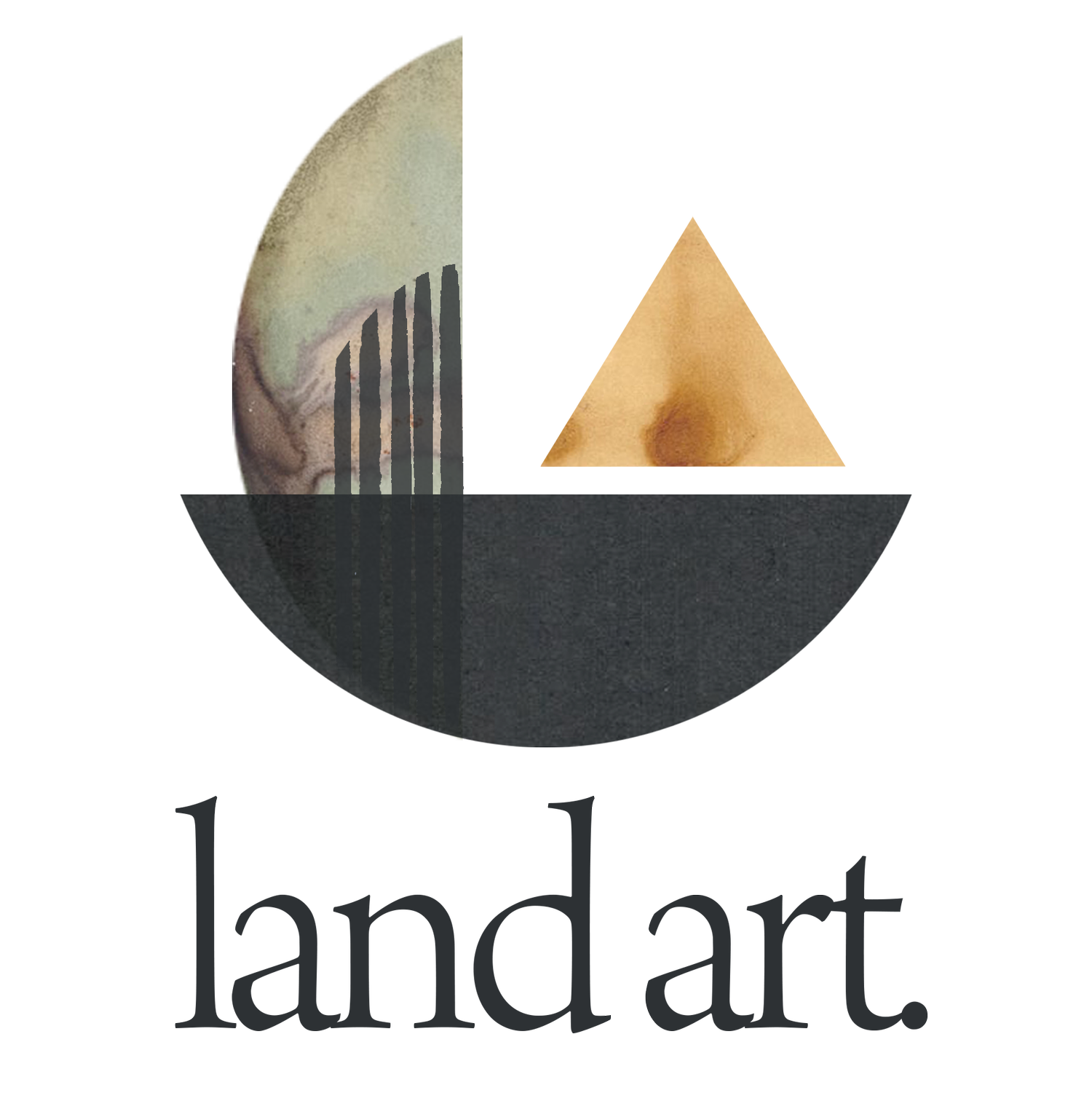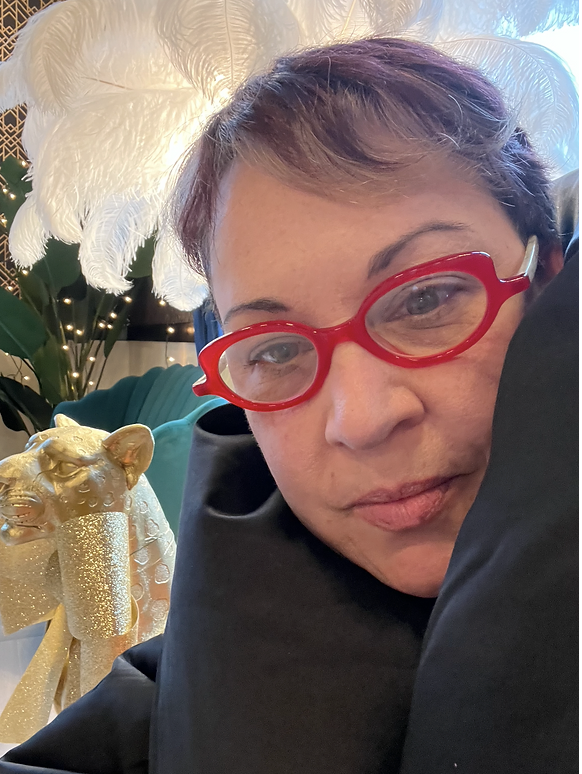
Botanical Colours
Join artist Maria Schechter to discover how to create a botanical palette
Making botanical painting palettes with avocado, blueberries & pomegranate. Students in this virtual workshop will learn to create their own botanical palettes and understand the colours that can be created in these processes.
By the end of the lesson, students will know which natural materials they need to create a lightfast botanical palette, be able to list 3 organic tannins used in dyes, understand the difference between a tannin and a mordant and have insight on how to develop a botanical palette and to paint a lightfast watercolor.
£40
All sessions are recorded and made available for a week following the course.
This also includes times for any feedback questions.



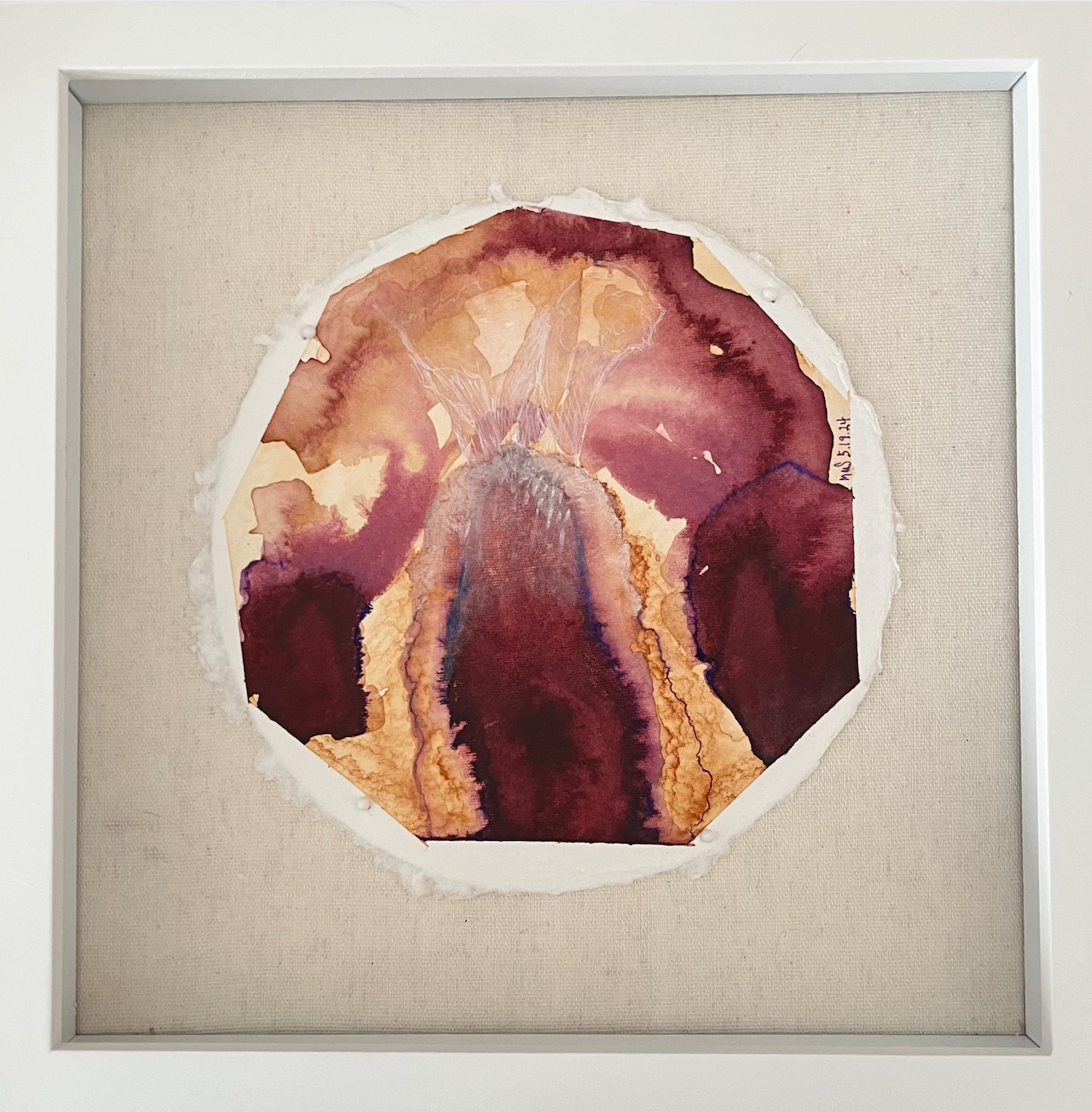



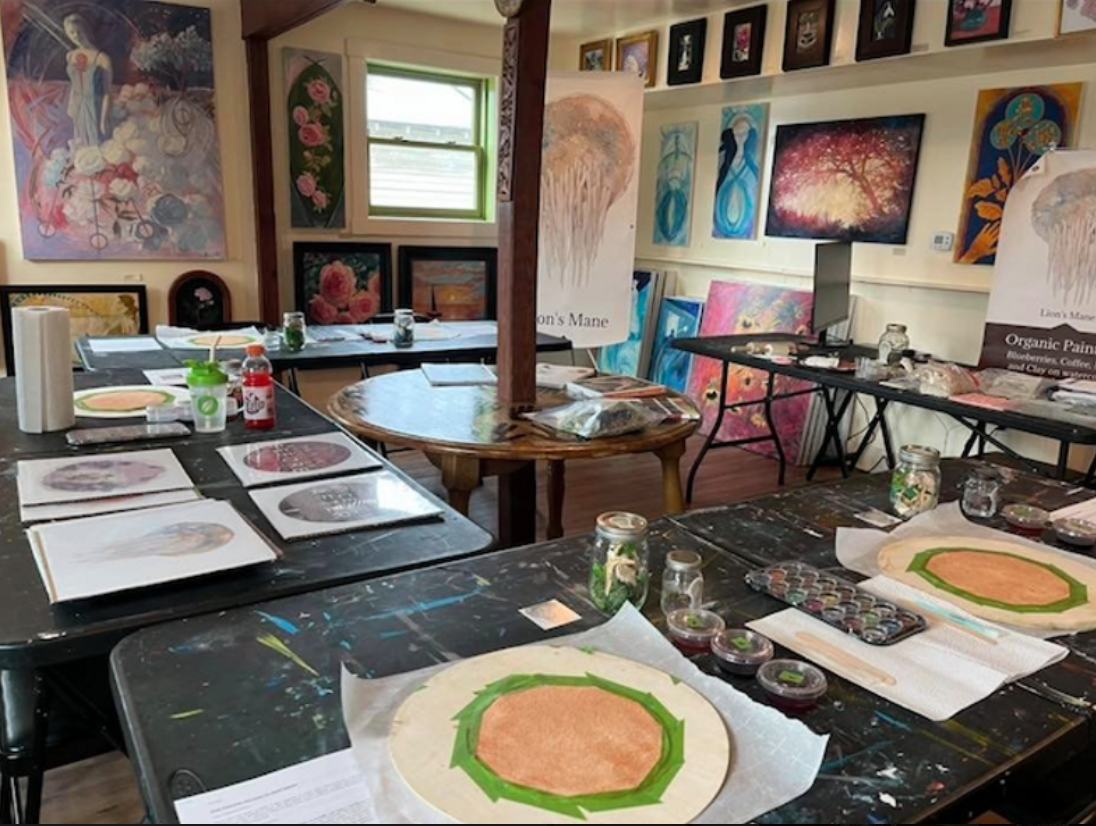


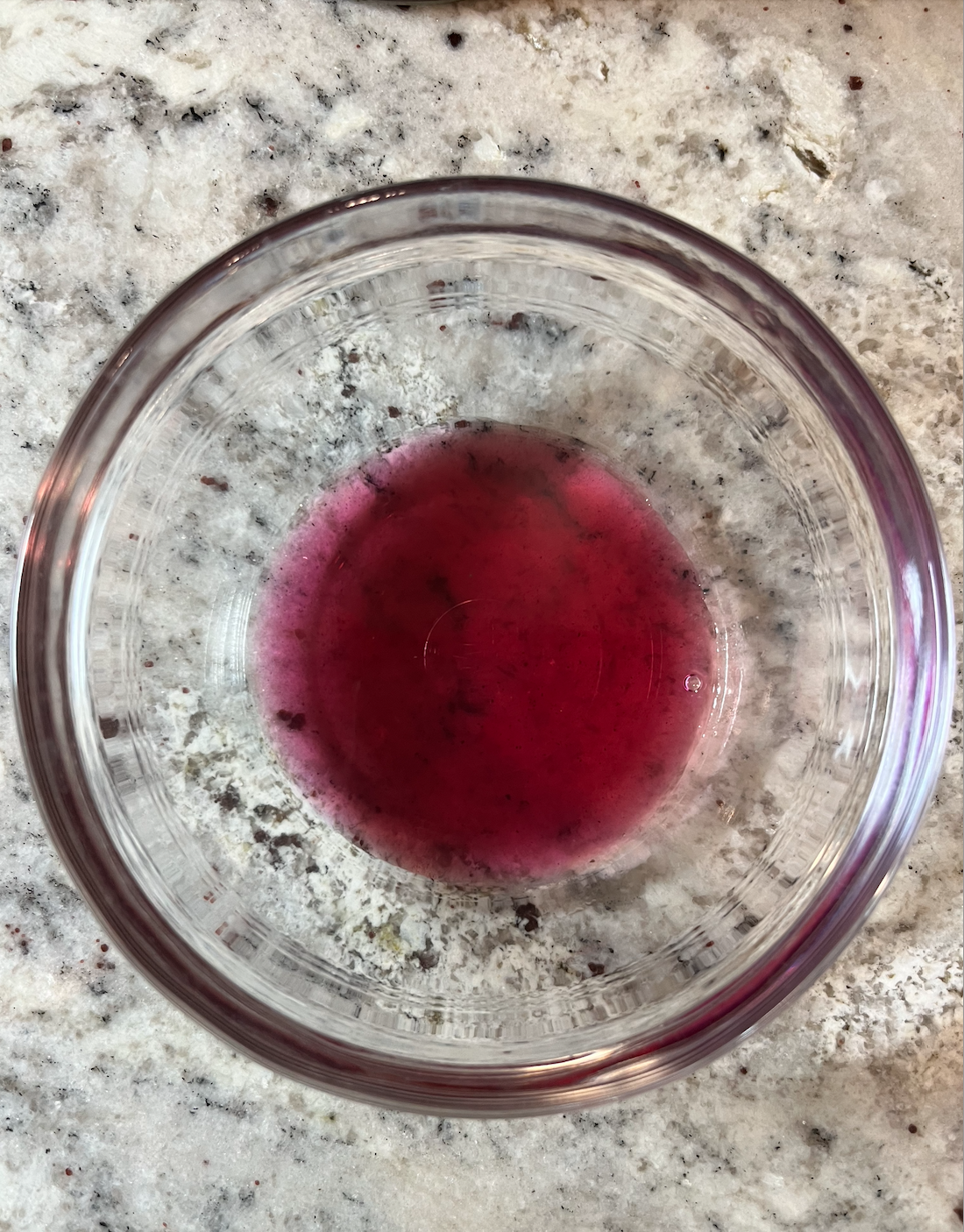
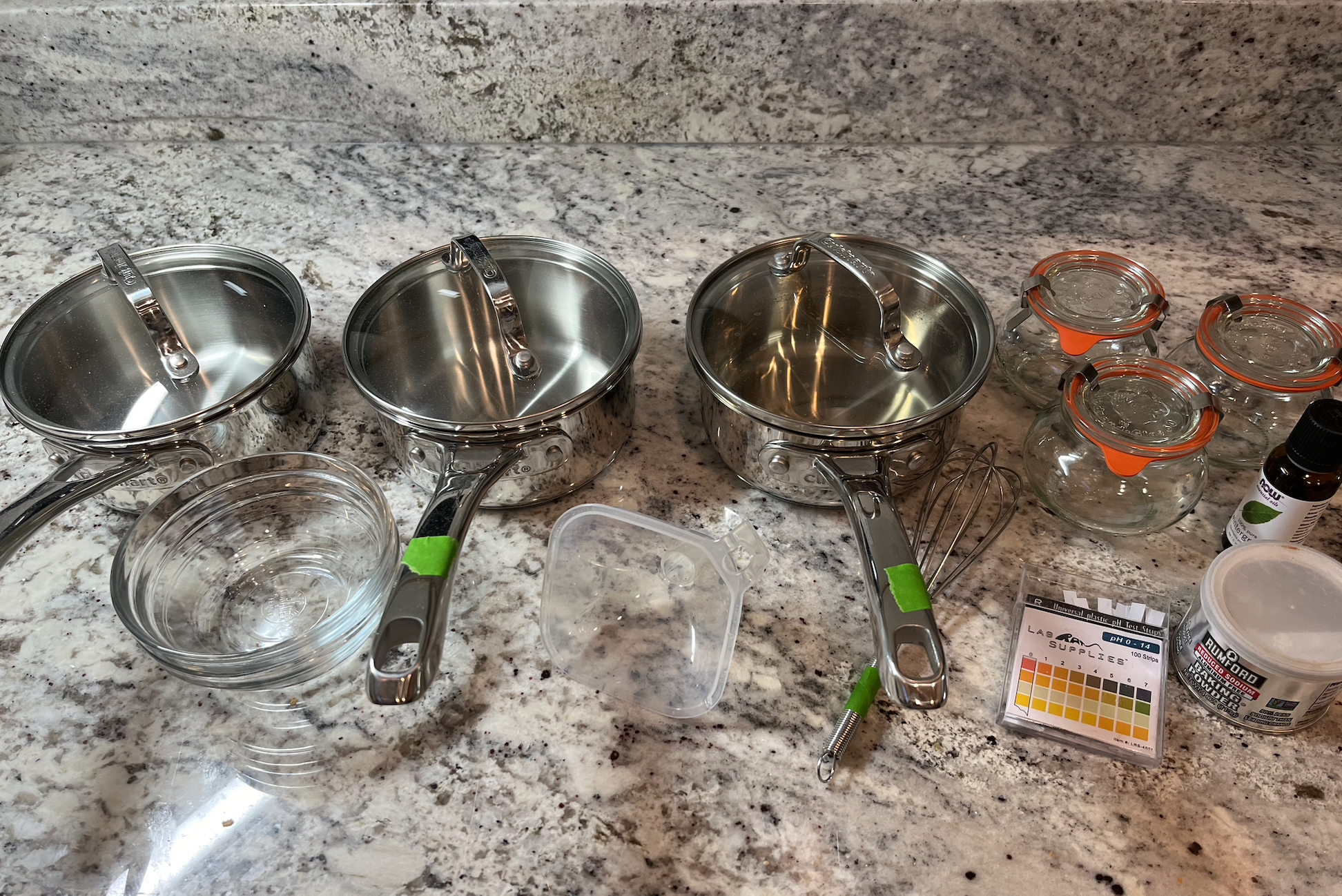
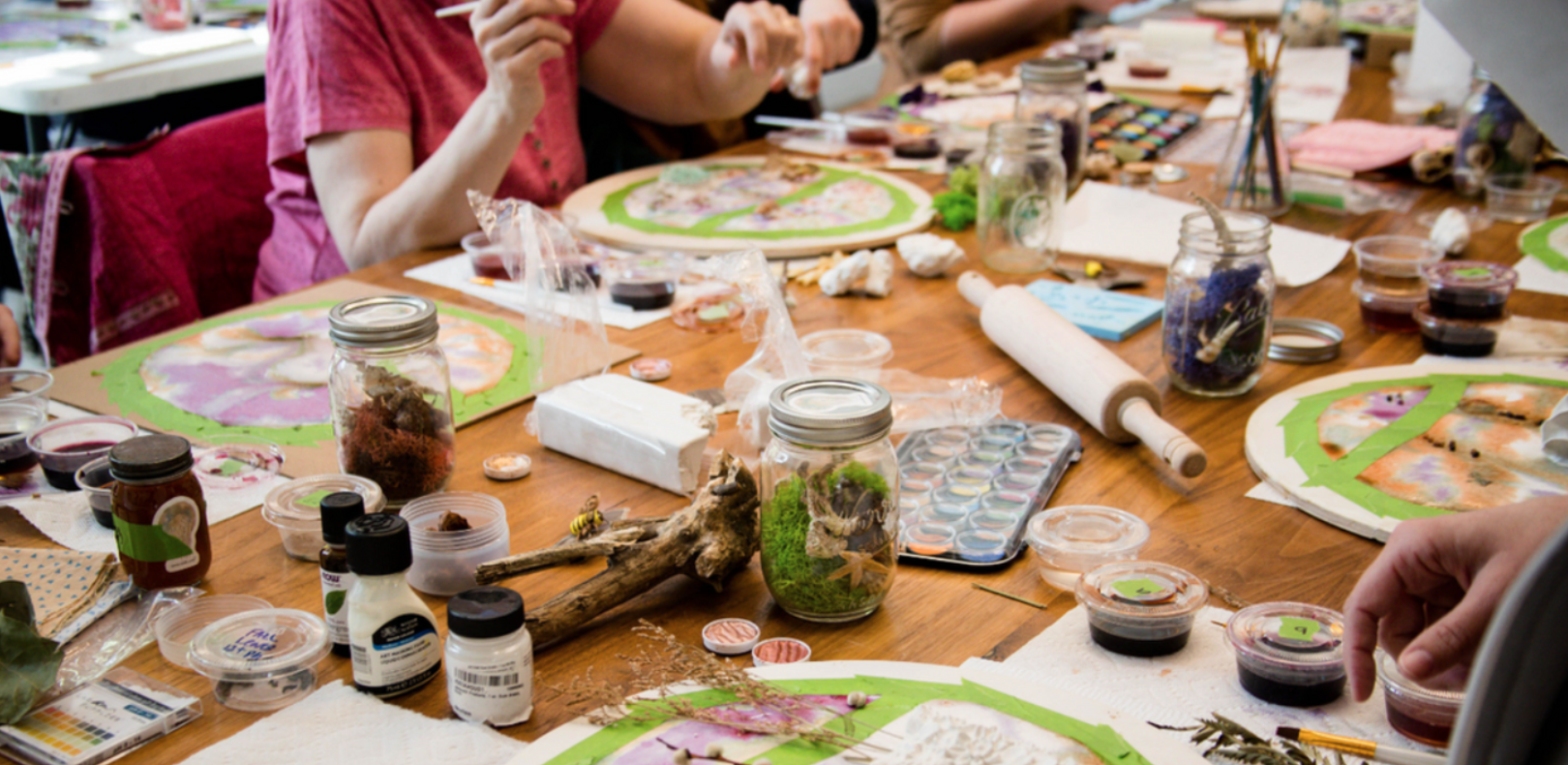
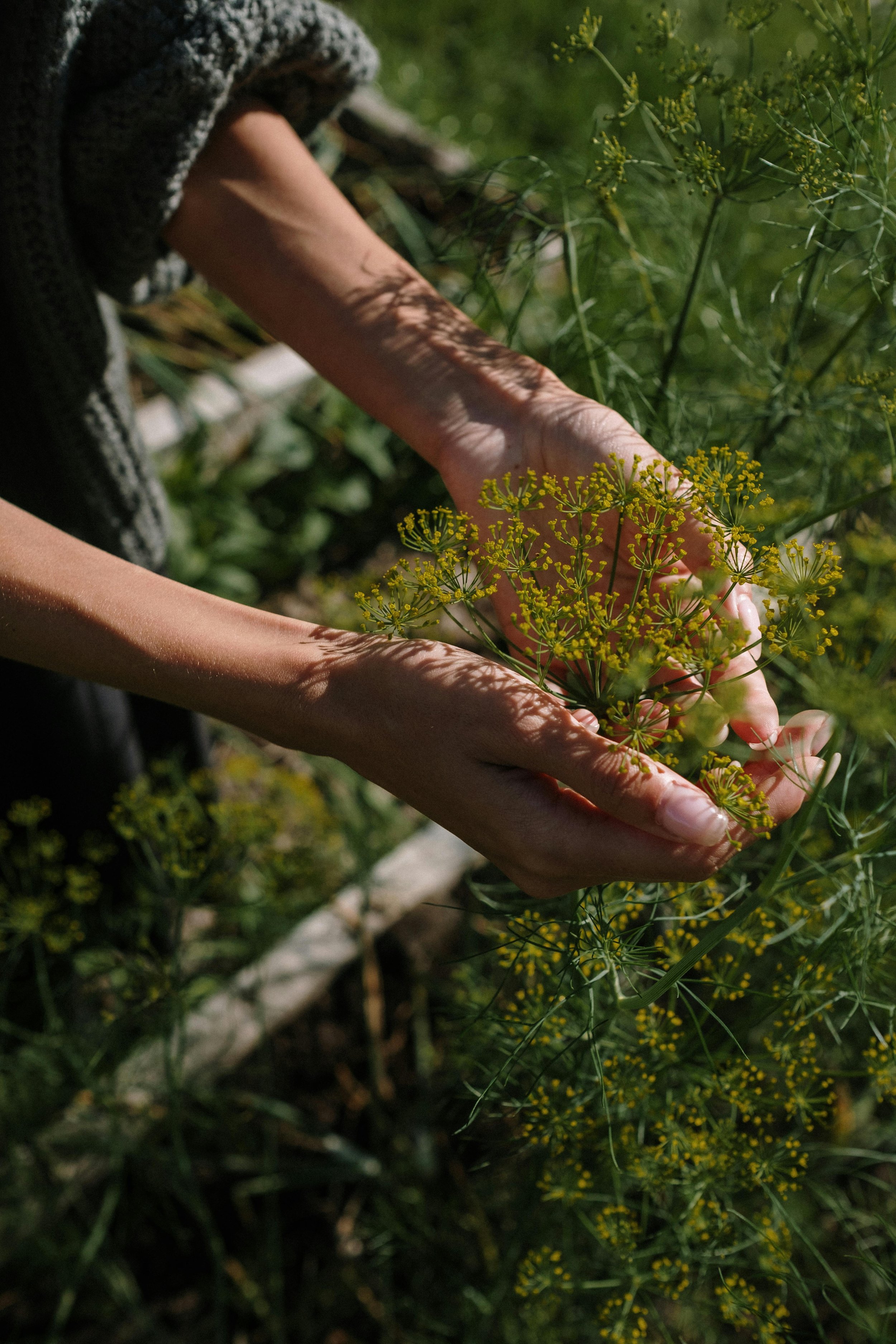
2 HOUR SESSION OVERVIEW
Making botanical painting palettes with blueberries and onion skins. During our two hour session we will process blueberries and use onion skins to develop our piece. Students in this virtual workshop will learn to create their own botanical palettes and understand the colours that can be created in these processes. By the end of the lesson, students will know which natural materials they need to create a lightfast botanical palette, be able to list 3 organic tannins used in dyes, understand the difference between a tannin and a mordant and have insight on how to develop a botanical palette and to paint a lightfast watercolour.
Please note, due to the length of time these processes take, we encourage participants to bring a notebook and pen so they can recreate the colours in their own time rather than following along in the session.

Workshop
Host
Maria Schechter
Born in Pasadena, Maria Schechter is a bio-artist inspired by Hildegard of Bingen and the natural world. Using foraged botanical palettes informed by the High Middle Ages she also utilizes mycelium, and clay as her primary medium. Schechter shapes her works using living and natural materials. Maria grows her paintings and her sculptures using a mycelium composite as her main medium. Her recent work showcased with the Minnetrista Museum and Gardens in Muncie, IN.
Maria teaches workshops on botanical painting and mycelium as a medium.
Series Feedback
